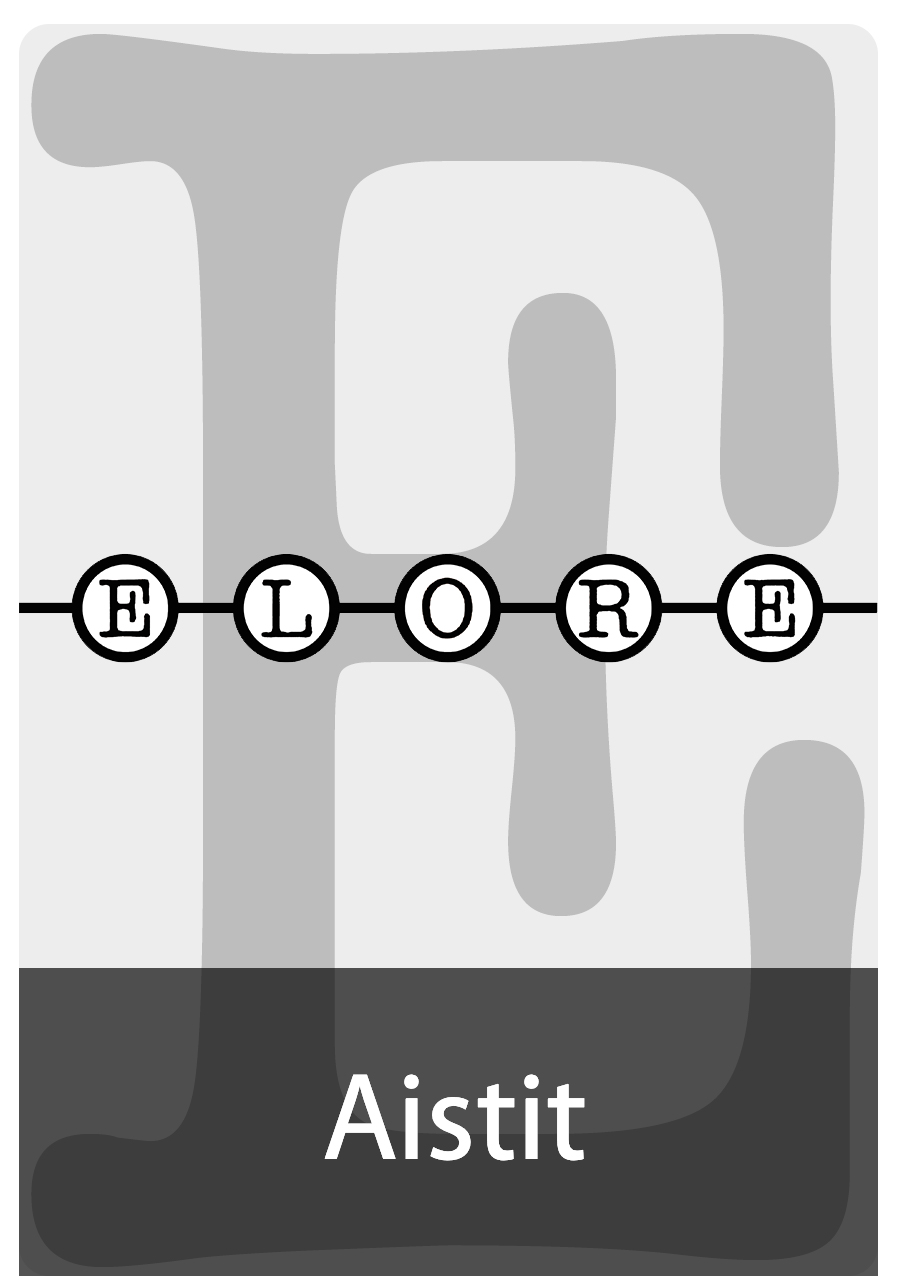”Mi en ossaas sanoa mitem mie näin”
Epätavallisten aistimusten tulkinta uskomusperinteen pohjalta
DOI:
https://doi.org/10.30666/elore.78848Abstract
This article approaches senses as physiological but culturally organised phenomena. It analyses archived Finnish and Sámi narratives, which interpret unusual sensory perceptions according to belief tradition. Supernormal interpretation is triggered not only by the exceptionality of the perception but also by circumstances. Collective belief tradition connects the supernormal to the margins of social everyday activity: to marginal times and places and to antisocial behaviour such as norm breaches. Perception often combines two or more senses but the existence of supernormal beings in this world is only partial: they are heard but not seen or seen but intangible. People sometimes discuss their unusual perceptions with others but the interpretation may remain open or contradictory. Descriptions of unusual sensations challenge our cultural division of senses to sight, hearing, taste, smell and touch. Yet they confirm that only those five are easy to verbalise. Internal sensations such as pain and pressure seem more difficult to explain. The experiences often mix mental and physical feelings and include inability to sense or act. Tradition offers a special vocabulary for certain states caused by supernormal beings. Those words cover the cause of the state but leave room for an individual variety of experience.Downloads
Published
How to Cite
Issue
Section
License
The journal follows Diamond Open Access publishing model: the journal does not charge authors and published texts are immediately available on the Journal.fi service for scientific journals. By submitting an article for publication on Elore, the author agrees, as of September 2024, that the work will be published under a CC BY 4.0 licence. Under the licence, others may copy, transmit, distribute and display the copyrighted work and any modified versions of the work based on it only if they attribute the licence, the original publication (link or reference) and the author as the original author. Any modifications made must be acknowledged.
Copyright of the texts remains with the authors, and self-archiving (Green OA) of the published version is allowed. This also applies to texts published before September 2024. The Green OA publication must include Elore's publication details.
The metadata for published articles is licensed under Creative Commons CC0 1.0 Universal.





